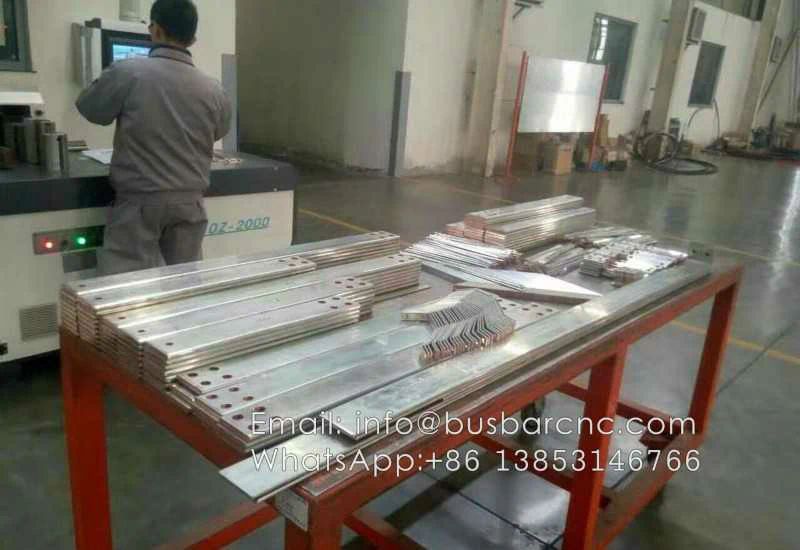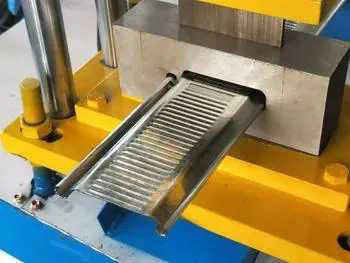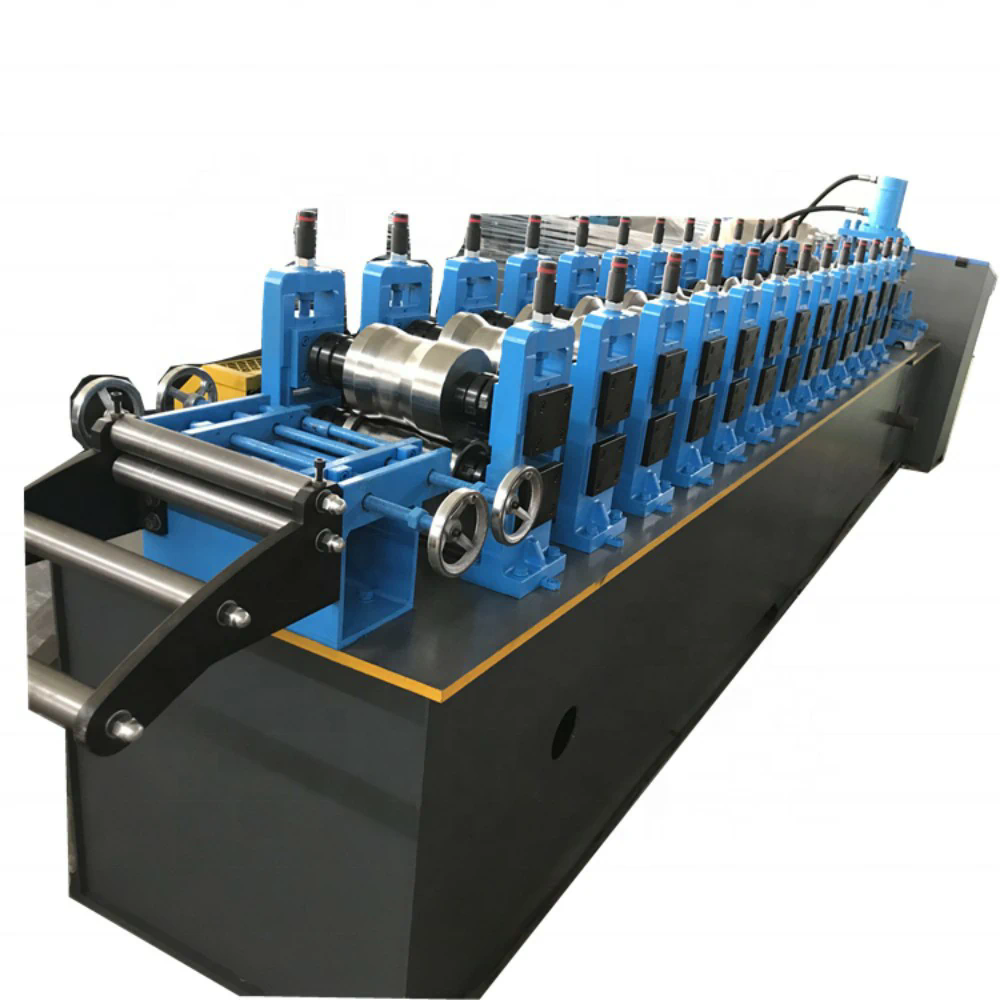The storage market is experiencing a new downturn. The industry predicts that memory prices will continue to fall in the second half of this year, and this situation is likely to continue into 2023. Storage giants such as Samsung Electronics and SK Hynix will face the challenge of a downward cycle.
The storage market enters a downward cycle, or continues into 2023 Since peaking in
the third quarter of last year, memory prices have begun to decline all the way, and there is still no sign of relief. Jibang Consulting predicts that DRAM prices will fall by 3% to 8% in the third quarter of 2022, with the consumer storage market falling more severely. The global inflation situation will continue to impact the consumer market, resulting in sluggish overall demand and a downturn in the DRAM market. In terms of DRAM for PC, the proportion of DDR4 and LPDDR4X applications on the PC side will be further reduced; The average onboard capacity of commercial consumer SSDs is estimated to rise only slightly by 11%, the lowest in nearly three years; In terms of servers, due to the previous high market capacity, the subsequent growth momentum will slow down.
Nand flash is in a relatively good situation, but it is also in a state of oversupply. At present, the storage capacity of high-end smartphone models has been pushed to 512GB, bringing basic momentum to the mobile phone storage market. However, the demand for consumer and enterprise SSDs is still sluggish, and the inventory pressure is still high, so it is expected that the decline in NAND flash memory prices will expand to 8% to 13% in the third quarter, and the decline is likely to continue into the fourth quarter. At the same time, Jibang Consulting expects that prices will still be in a downward state in the first half of next year.
The decline in memory can also be seen from the financial reports of Samsung Electronics, SK Hynix, Micron and other companies, and several storage manufacturers are pessimistic about the market forecast in the second half of the year. MMicron Technology recently released a weak performance forecast. Due to macroeconomic factors and supply chain issues, customers have reduced inventories of unused chips, and the company will face challenging market conditions in the fourth quarter of fiscal 2022 and the first quarter of fiscal 2023, with revenue expected to be approximately $6.8 billion to $7.6 billion in the fourth quarter. Micron Technology also expects shipments (in bits) to decline sequentially in the first quarter of fiscal 2023.
SK Hynix lowered its shipment forecast for the second half of the year. SK Hynix believes that consumer electronics products, including personal computers and smartphones, were seriously affected by inflation in the first half of the year, and shipments of personal computers and smartphones in the second half of the year will be less than expected.
Samsung expects DRAM shipments (in bits) to be on par with the second quarter in the third quarter, with NAND flash shipments up about 10%. Samsung will flexibly manage supply according to DRAM demand changes, avoid over-expanding sales, and focus on the profitability of DRAM business. screen panel lcd
Affected by the sluggish market demand , the memory manufacturers have reduced their capital expenditure plans in the short term. Micron Technology plans to reduce capital expenditures on new plants and new equipment this year, which is expected to decline from the same period last year. SK Hynix and Western Digital also sent negative signals that customer demand growth will slow due to the downward cycle. However, storage manufacturers are still optimistic about the long-term development prospects of the industry. Although Micron Technology has reduced short-term capital expenditures, it has announced that it will invest $40 billion in phases to build an advanced memory chip manufacturing plant within 10 years. It can be seen that large storage plants still have a positive attitude towards long-term layout.
In addition, in terms of technology research and development, several major storage manufacturers are also incompatible with each other. Samsung Electronics recently said that it will release 236-layer NAND flash memory products within the year. Previously, SK Hynix also announced the completion of the development of 238-layer products, and Micron Technology also announced the development of 232-layer NAND flash memory products. 3D NAND can be stacked on a flat surface, providing a larger storage space for flash memory, the higher the number of layers, the greater the capacity, and the expansion to the higher layers has become the general trend of the development of 3D NAND technology.
Upgrading faster interface speeds is also an important means for storage manufacturers to promote product upgrading and cope with market competition in the downward cycle. Recently, Samsung Electronics lowered the price of 4Gb DDR4 chips, driving the industry’s transition from DDR3 to DDR4. DDR3 is still widely used in many consumer electronics products. Samsung Electronics’ move will speed up the phase-out process of DDR3 and accelerate product upgrades. The industry expects that Samsung Electronics may also improve the interface speed of the new generation of flash V8-NAND to adapt to the release of the UFS 4.0 flash standard.


